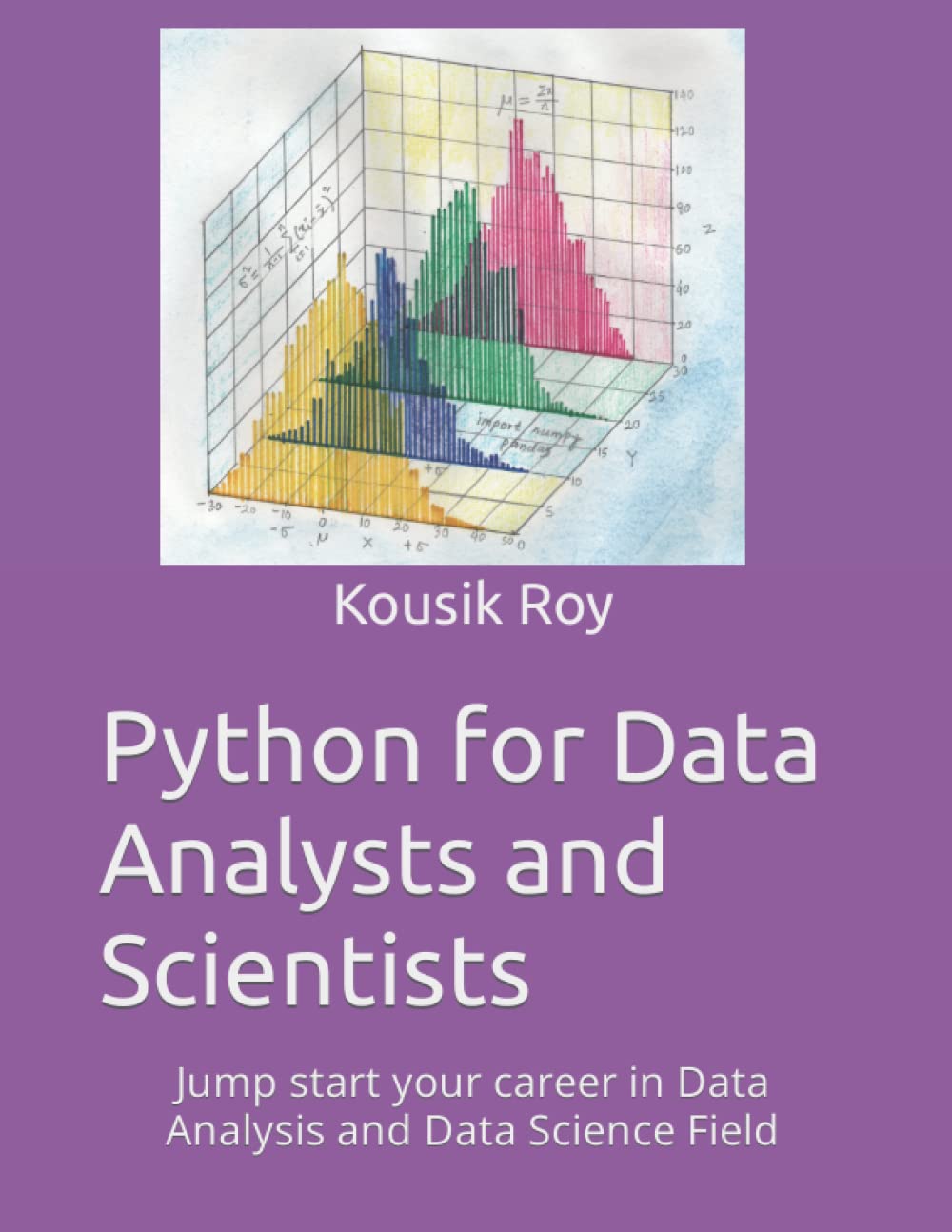Unlock the power of Python to analyze data, uncover insights, and drive decision-making with "Python for Data Analysis: From Basics to Advanced Data Science Techniques" Whether you're new to data analysis or looking to enhance your skills, this book offers a comprehensive journey through the tools, techniques, and concepts that make Python the go-to choice for data professionals.
Inside, you'll discover:
Foundational Python: Start from the basics of Python programming, including setting up your environment, understanding Python syntax, and exploring core concepts.
Mastering Pandas for Data Manipulation: Dive deep into Pandas for data cleaning, preparation, and manipulation, empowering you to handle and explore real-world datasets with ease.
Data Visualization Techniques: Learn to communicate your findings visually with Matplotlib and Seaborn, creating compelling and informative plots that bring your data to life.
Machine Learning Integration: Step into the world of machine learning with Scikit-Learn to apply predictive models to your data, from basic classification to complex regression tasks.
Advanced Data Analysis: Explore advanced topics, including working with big data using Dask, natural language processing (NLP), and an introduction to deep learning with TensorFlow and Keras.
Practical Projects and Case Studies: Apply what you've learned with hands-on projects and case studies that simulate real-world data analysis scenarios, enhancing your problem-solving skills and practical knowledge.
Future of Data Analysis: Look ahead to the emerging trends in data analysis and the ethical considerations of working with data, preparing you for the future of the field.
"Python for Data Analysis: From Basics to Advanced Data Science Techniques" is more than just a book; it's a comprehensive guide to becoming proficient in data analysis using Python. With clear explanations, practical examples, and step-by-step instructions, this book will equip you with the knowledge and skills you need to navigate the data landscape confidently and become an invaluable asset in your organization or field.









.png)


.jpg)









































.png)



























